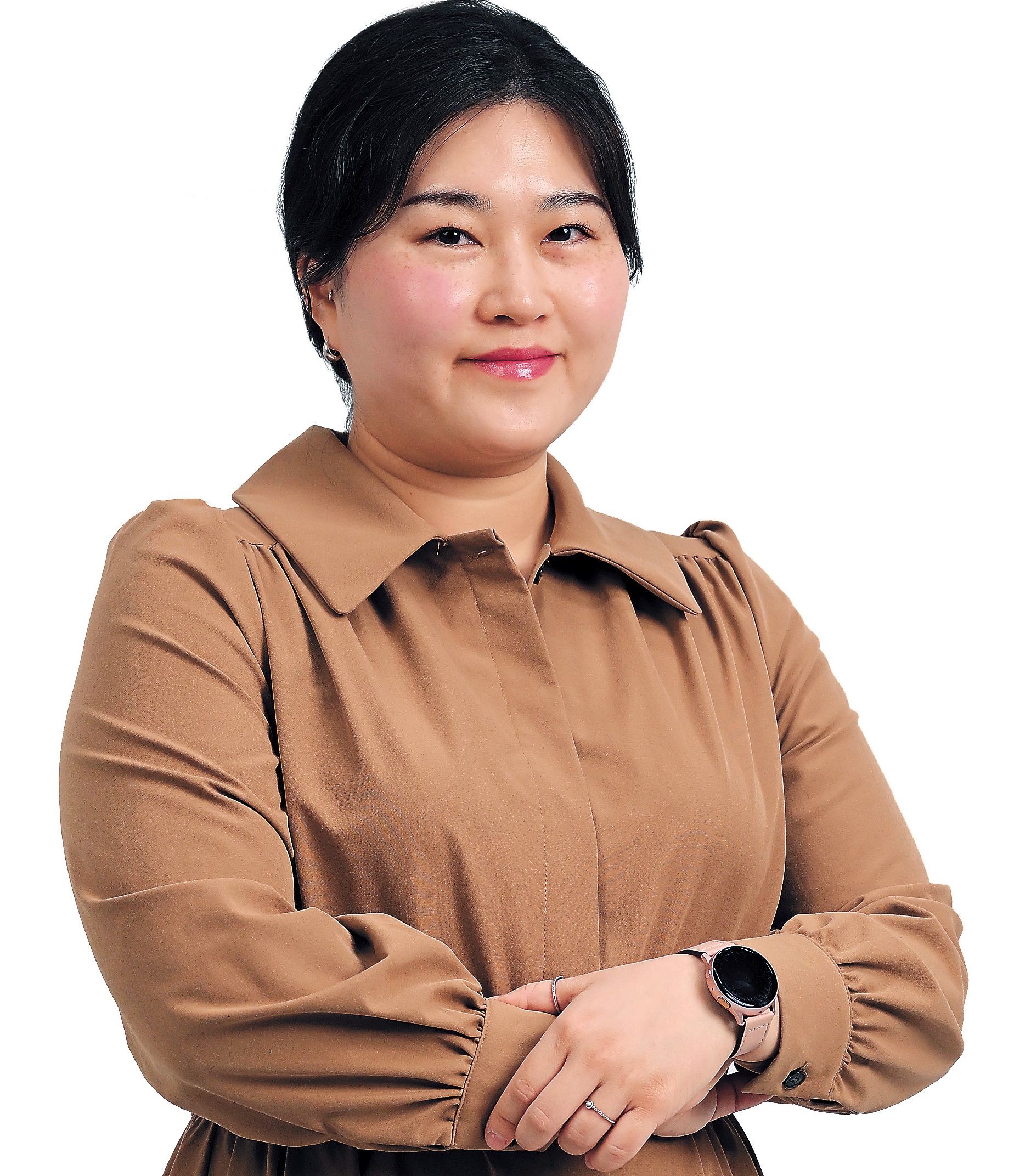Human rights body to fund research on foreign workers' conditions
Foreign national workers are 6.9 times more likely to die on the job, 2021 data says
By Lee JaeeunPublished : Feb. 20, 2024 - 15:23

The National Human Rights Commission of Korea announced Monday that it plans to fund research on the working conditions of migrant workers, to expand the statistics available specifically on migrant worker deaths and potential support systems.
The commission will be accepting research proposals for related studies with a maximum funding award amount of 50,000,000 won ($37,374) per project from March 7, 10 a.m. through March 10, 10 a.m. via their website.
“Various factors make migrant workers' physical and mental health vulnerable, such as long hours of work in isolated environments, low or unpaid wages, overwork, cultural differences and stress," said the watchdog. "Those factors put migrant workers here in high-risk situations such as suicide or sudden death,” it added.
The industrial accident death rate per 10,000 workers is 6.9 times higher for migrant workers than for other workers in South Korea, according to 2021 data released by the Korea Occupational Safety and Health Agency.
In particular, the number and proportion of industrial accident deaths among migrant workers in Korea are on the rise. The number of deaths due to industrial accidents increased from 78 individuals, or 7 percent of all workplace accidents in 2010, to 104 individuals, or 12.2 percent in 2019, the human rights watchdog said.
The research will amass data and expert opinions identifying the causes of migrant deaths, in order create key statistics, to prevent such deaths from occurring in the future and take appropriate preventative measures.
Through funding such research, "We plan to prepare measures to create a society where the right to life and dignity of immigrants are guaranteed," the NHRCK stated.
The South Korean government brings in workers of foreign nationality under various "professional" visas -- such as conversational English instructors on E-2 visas and artists on E-6 visas -- and "non-professional" visas. In the latter category, the E-9 visa for example covers foreign nationals working in the food service, hospitality, agriculture, fishery, manufacturing and construction industries.
South Korea also provides work visas to seasonal workers from 11 countries under the seasonal worker program for five to eight months at a time in the country's agricultural and fishery sectors.
Critics say that migrant workers here have lived on the edge for decades. For instance, in December 2020, a Cambodian worker in her 30s died due to poor living conditions. She was found dead in an unheated plastic greenhouse, where she and four other migrant workers had been given housing. The Korea Workers’ Compensation and Welfare Service recognized her death as an industrial accident.
In other tragic cases, five migrant workers from Nepal also died separately in June 2023, including one who killed himself, according to the Migrants' Trade Union, which is under the Korean Confederation of Trade Unions' Seoul chapter. All five deaths resulted from psychological distress and excessive work without rest suffered in their workplaces, the union said.


















